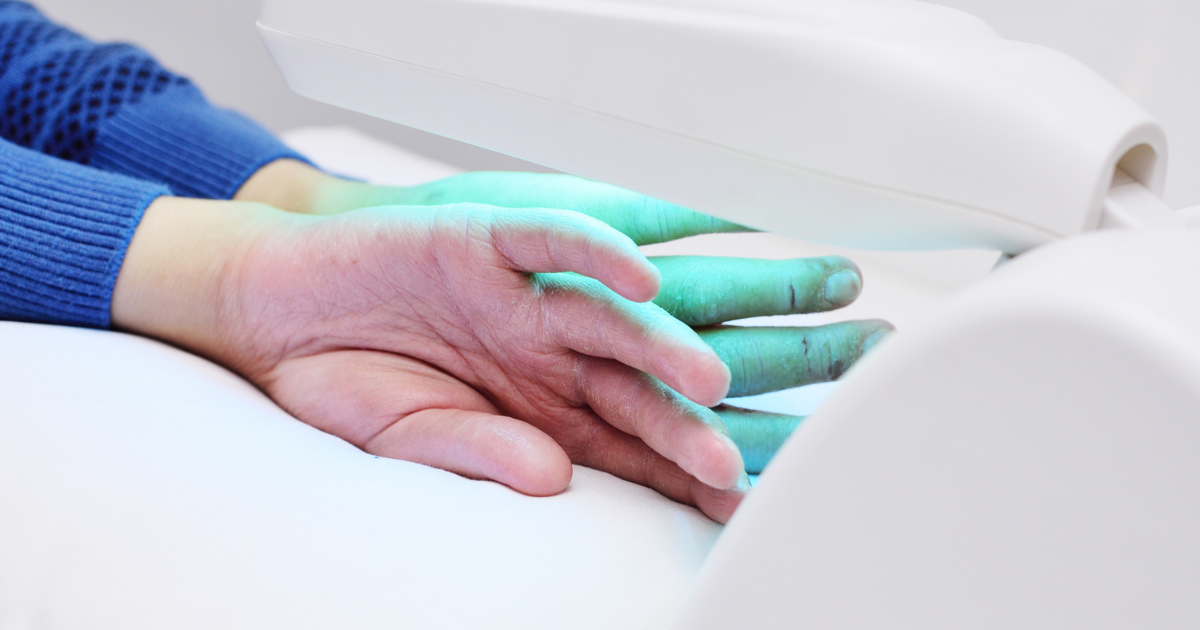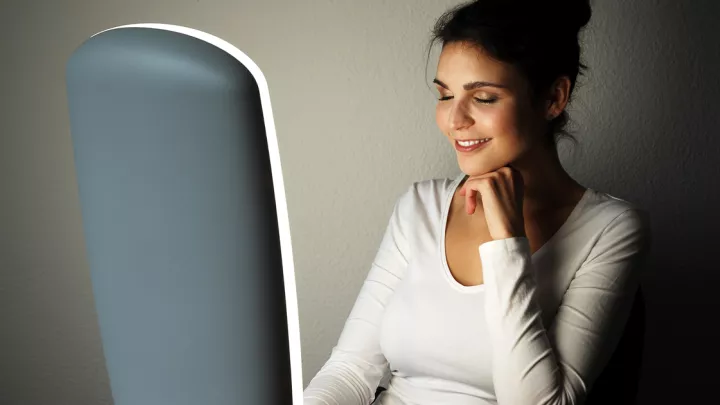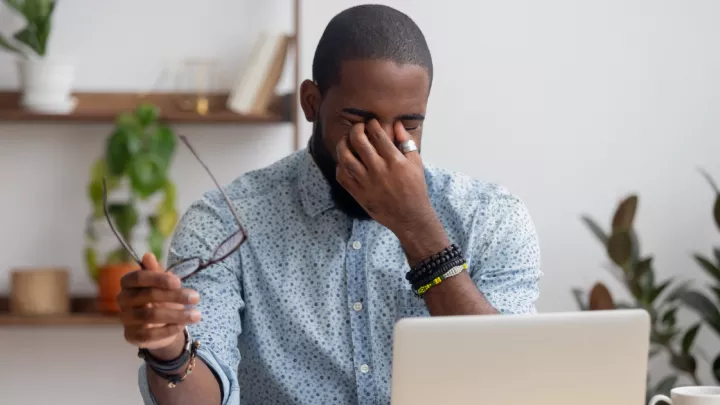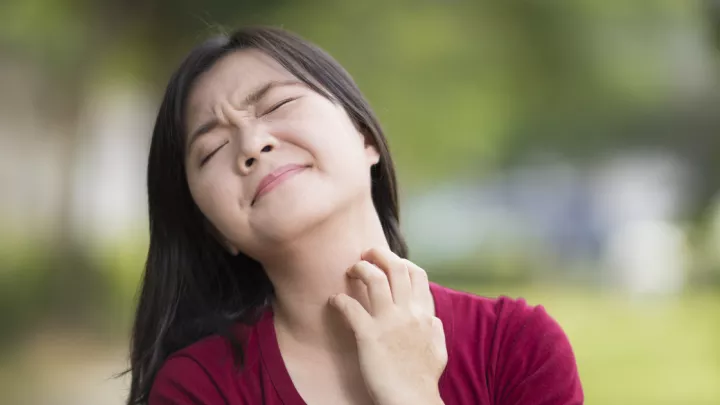Phototherapy helps reduce chronic, inflammatory skin conditions. Could it be right for you?

If you have a chronic skin condition like psoriasis, eczema, dermatitis or vitiligo, a form of ultraviolet therapy called phototherapy may greatly reduce your symptoms. For some, it can result in complete relief.
Phototherapy uses different types of ultraviolet A and B light rays similar to those produced by the sun at a reduced strength. The most common forms of phototherapy use a narrow band of UVB that helps your skin make vitamin D. Vitamin D can help reduce inflammation and itchy skin, prevent skin tumors and help wounds heal.
“Some patients experience significant clearing of their skin condition, and this may become their only form of therapy,” says Matthew Paul Stephany, MD, Nebraska Medicine dermatologist. “For other patients, phototherapy is just one part of their overall treatment plan in combination with medications and creams.”
Phototherapy is considered safe for all ages. Unlike the sun, it does not use the full range of UVA and UVB rays, which increase your risk for skin cancer. “Several studies have shown that the risk of skin cancer is very, very low, and some studies have shown no risk at all,” says Dr. Stephany. “It does carry the risk of photoaging or causing wrinkles, but this is drastically lower compared to UV from sunlight.”
Who is a candidate?
- Any patient who does not have a photosensitivity disorder or is taking photosensitizing medications
- Patients who have reliable transportation two to three times a week for treatment
How is phototherapy performed?
After careful evaluation, your provider will determine which areas of your body need to be treated. Typically, patients require treatment two to three times a week. A person with milder symptoms may only need treatment once a week. Treatments can be increased or decreased as needed.
Treatment typically entails standing in an enclosed phototherapy unit, uncovering the areas that need treatment and covering the other areas that do not. Nebraska Medicine’s Village Pointe clinic has a phototherapy unit that can treat just the hands and feet.
Treatment may last anywhere from a few seconds to several minutes per visit. It usually requires six to eight treatments before you see results and may take as many as 15 to 25 treatments for more severe skin conditions. “We generally recommend patients do at least three months of phototherapy before we can determine its effectiveness,” says Dr. Stephany.
While the results vary, many patients will get relief for about two weeks. Some patients may experience a return of symptoms as soon as they stop treatment; others may have prolonged relief for as long as several months and even years.
You can return to your normal activities immediately after receiving phototherapy treatment.
Can phototherapy be performed at home?
Phototherapy can be performed at home using UV lamps. However, these lamps should be purchased from a reputable supplier. Talk to your dermatologist first to discuss at-home options.
Phototherapy treatment is now available at Lauritzen Outpatient Center and Village Pointe Health Center. Call 800.922.0000 to schedule an appointment with one of our dermatologists to determine if phototherapy is an option for you.







